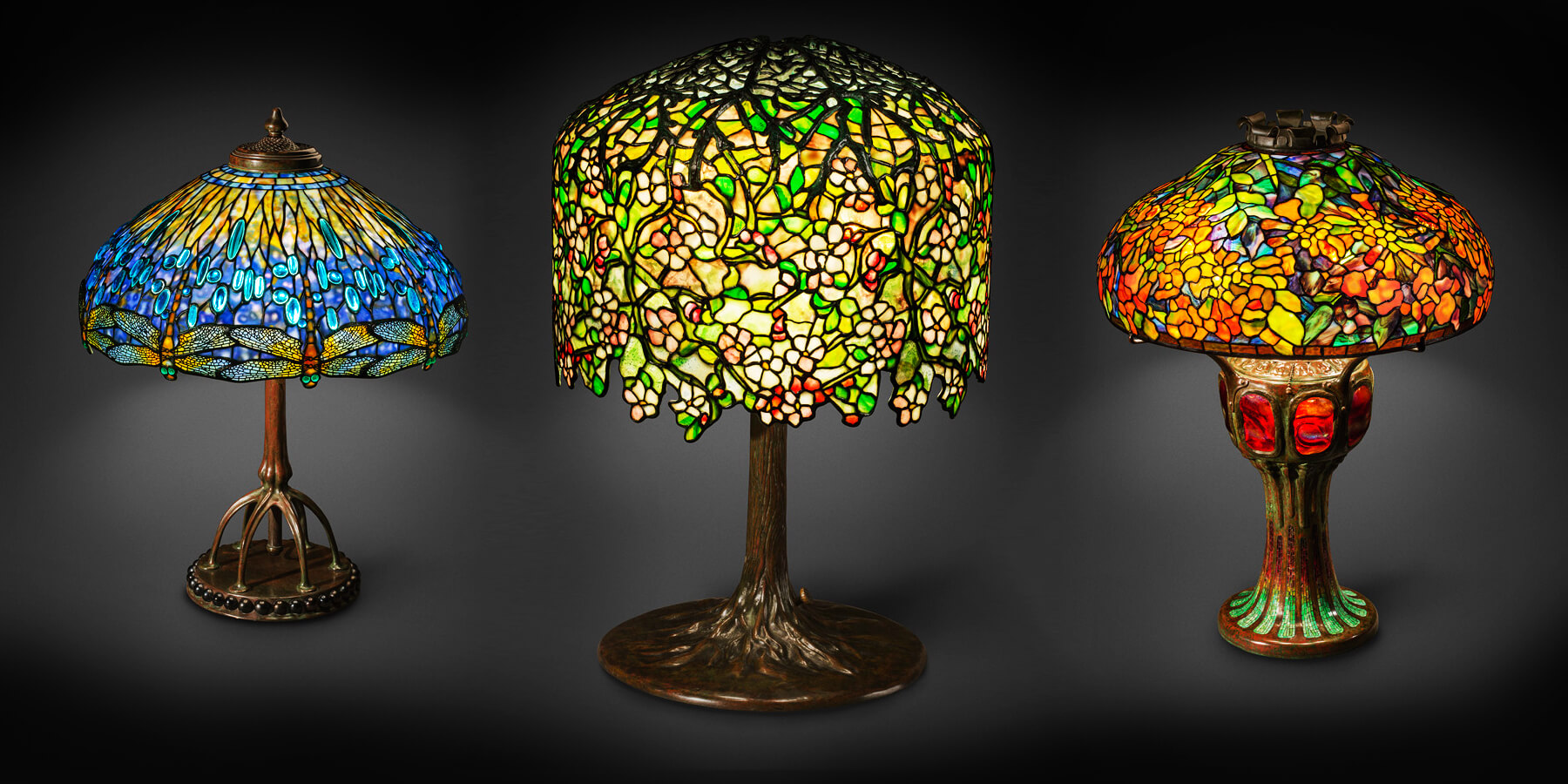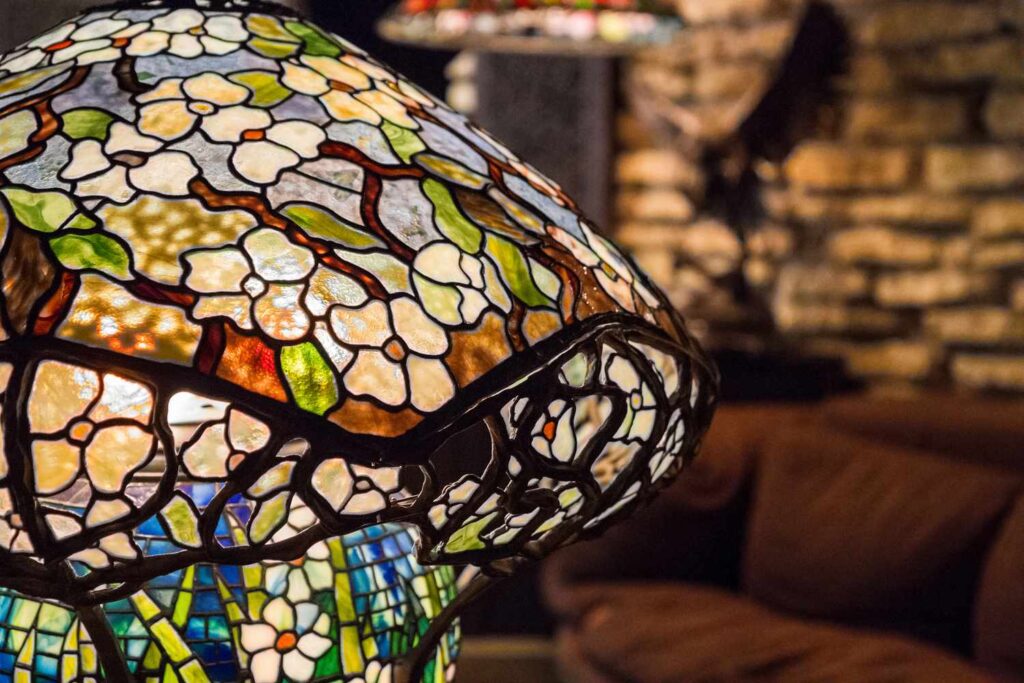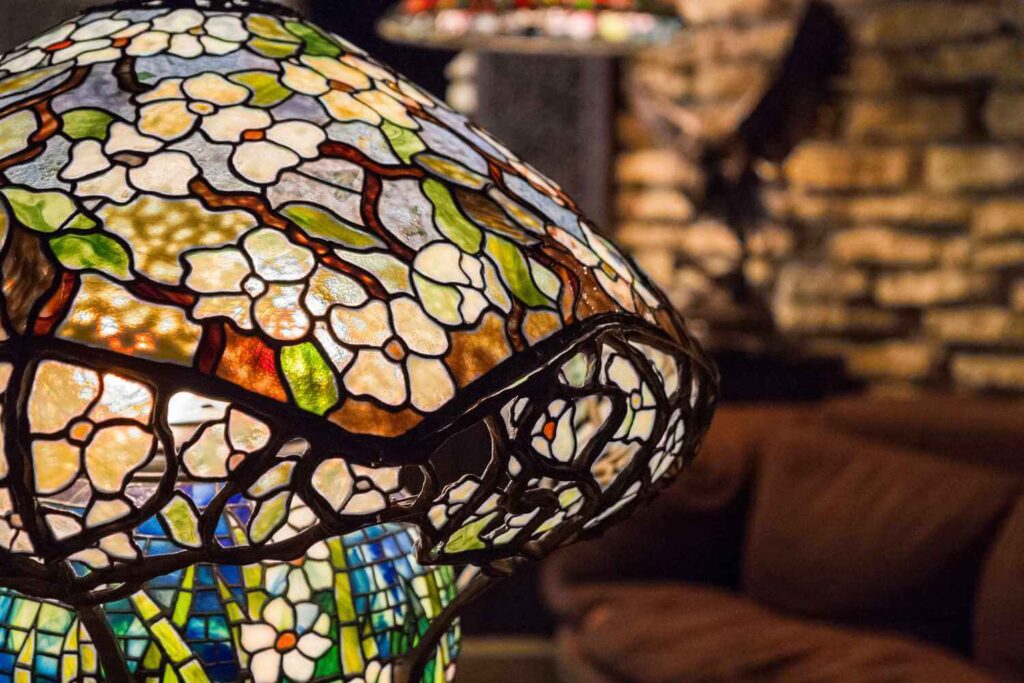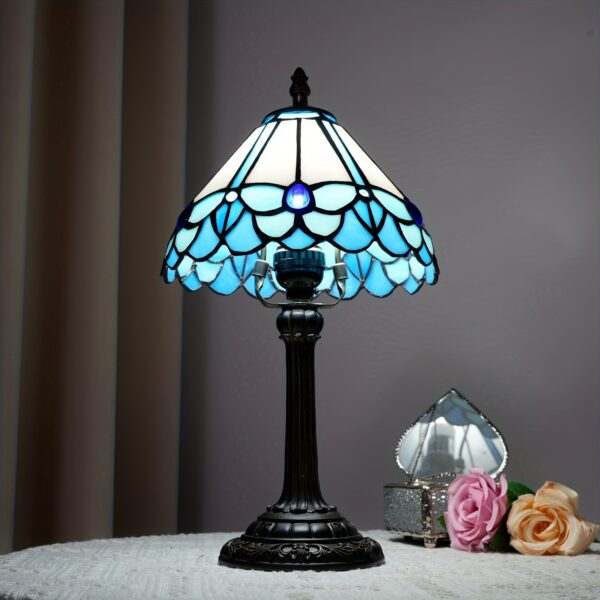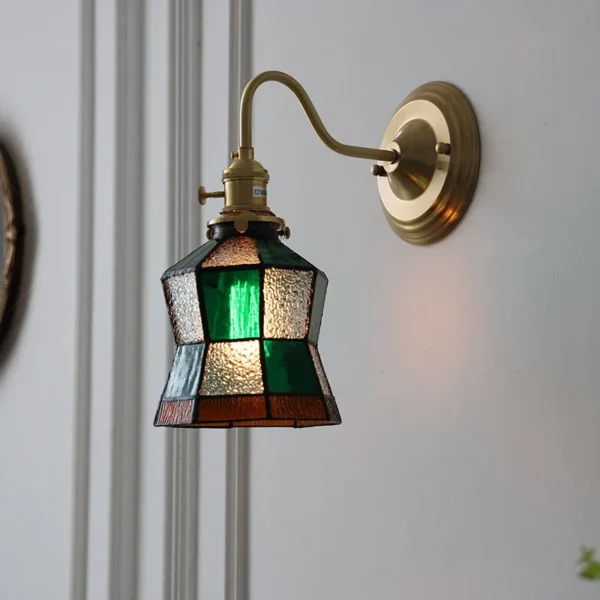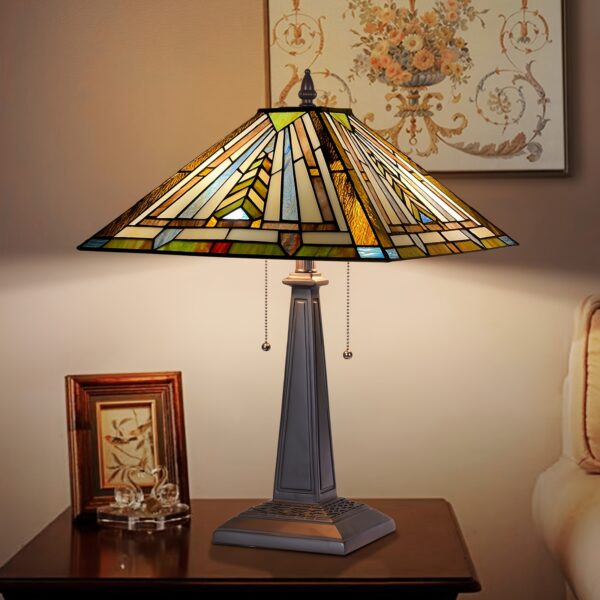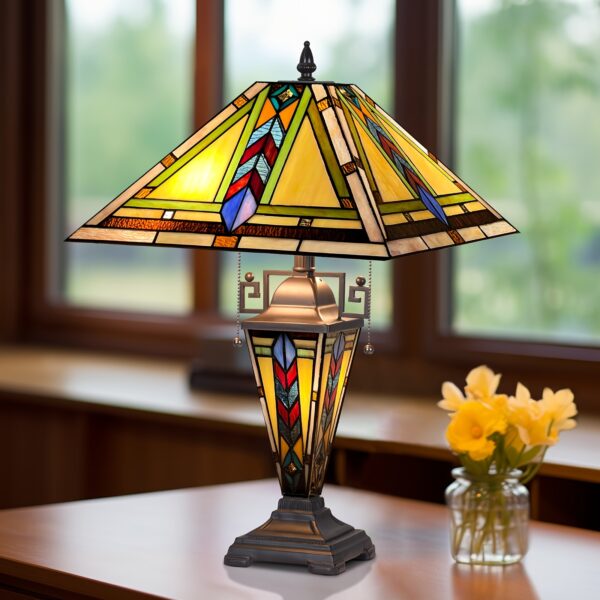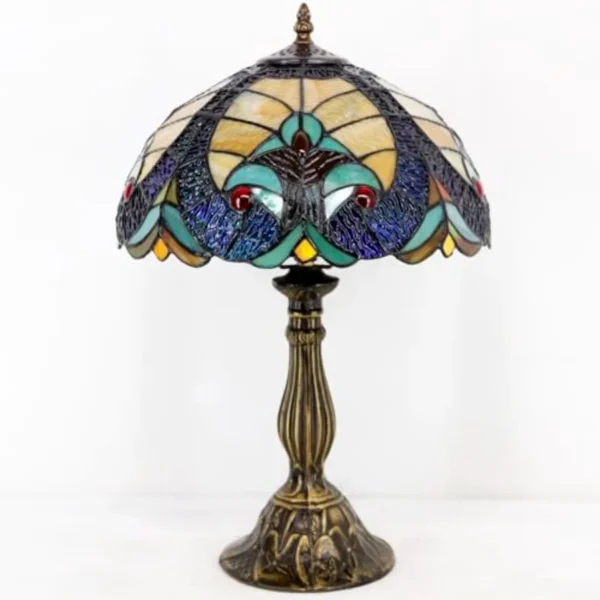Tiffany lamps remain one of the most recognized decorative lighting styles in the world, admired for their stained-glass shades, detailed metalwork, and distinctive color patterns. These lamps originated from the studios of Louis Comfort Tiffany during the late 19th and early 20th centuries. While the exact number produced has never been fully documented, historians, collectors, and museums have compiled enough records to estimate how many original Tiffany lamps were made, and why they are considered so rare today.
Estimated Number of Original Tiffany Lamps
There is no official count of how many original Tiffany lamps were produced. Tiffany Studios did not maintain modern inventory systems, and many records were lost when the studios closed in the 1930s. However, experts generally estimate:
Around 10,000-15,000 original Tiffany lamps were created during the studio’s active years.
This estimate includes all categories of lighting:
Out of these, only a portion have survived. Many pieces were damaged, discarded, or dismantled during the decades when stained-glass lighting was considered outdated.
How Many Still Exist Today?
Researchers believe only 4,000-6,000 original Tiffany lamps remain worldwide. These pieces are scattered across:
- Private collections
- Museums
- Auction houses
- Historic estates
Because the original lamps were handmade, every lamp is different in pattern, color placement, and craftsmanship. This individuality increases their value and makes each surviving piece significant.
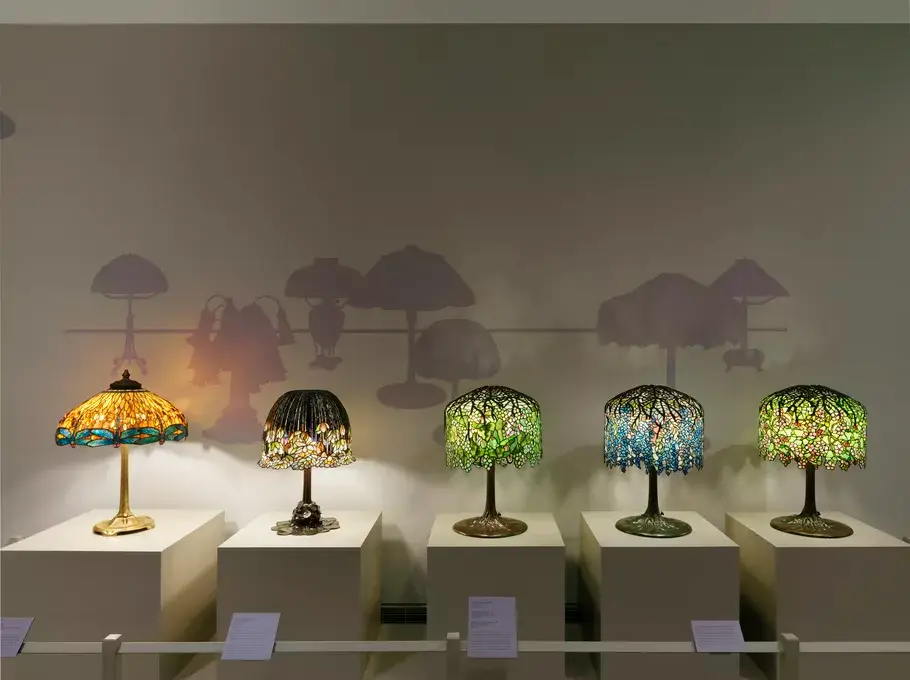
Why the Numbers Are Uncertain
Several factors contribute to the uncertain production totals:
1. Incomplete studio records
Tiffany Studios used handwritten logs, many of which deteriorated or were discarded over time.
2. Multiple production periods
The studio produced lamps from the 1890s through the 1920s, and designs changed frequently.
3. Collaboration with artisans
Many lamps were created by teams of cutters, assemblers, and designers. These artisans often worked from shared project boards rather than individual orders.
4. Confusion with replicas
Since Tiffany lamps became highly desirable in the 1950s and 1960s, thousands of replicas entered the market. This makes it harder to track genuine production quantities.
How Many Tiffany Lamp Designs Existed?
Records indicate that Tiffany Studios created over 300 unique lamp designs, including:
- Floral patterns
- Geometric patterns
- Dragonfly, wisteria, peony, tulip, and daffodil themes
- Leaded glass domes, cones, and globe shapes
- Complex “tree trunk” and bronze sculptural bases
Each design might have been produced in small runs, sometimes as few as a few dozen pieces.
Why Original Tiffany Lamps Are Extremely Valuable?
Because of the estimated low production counts and even lower survival rates, original Tiffany lamps are rare and highly collectible.
A single piece can sell for:
- $50,000 to $200,000 for standard table lamps
- $500,000+ for rare patterns such as Wisteria, Dragonfly, or Pond Lily
- Over $1 million for museum-quality examples
Condition, pattern complexity, and provenance all influence value.
How Production Numbers Affect Modern Tiffany-Style Lamps?
While original Tiffany Studios pieces are limited, modern manufacturers continue producing Tiffany-style lighting inspired by the historical designs. These are not part of the original production count.
Today’s lamps are created by various companies using similar techniques, but they are not considered “Tiffany Originals.”
This means:
- Original pieces remain rare
- Modern pieces remain accessible and affordable
- Interest in Tiffany-style lighting continues to grow
Conclusion
While the exact number will never be known, experts estimate that 10,000-15,000 original Tiffany lamps were made, with roughly 4,000-6,000 surviving today. Their limited production, handmade glasswork, and historical significance make them some of the most coveted decorative items in the antique world. The ongoing popularity of Tiffany-style lighting also ensures that the legacy of Louis Comfort Tiffany continues, both through rare originals and modern interpretations.

